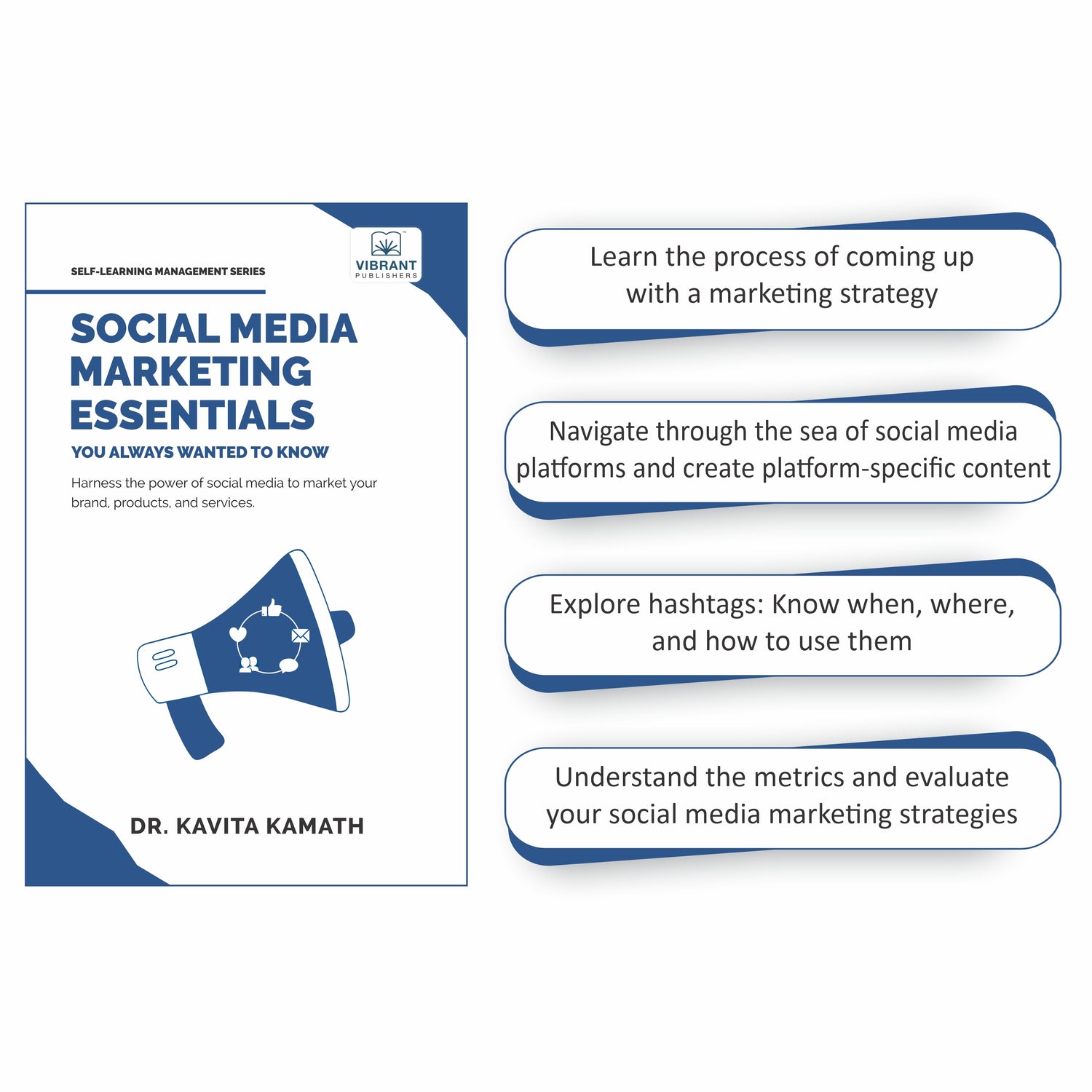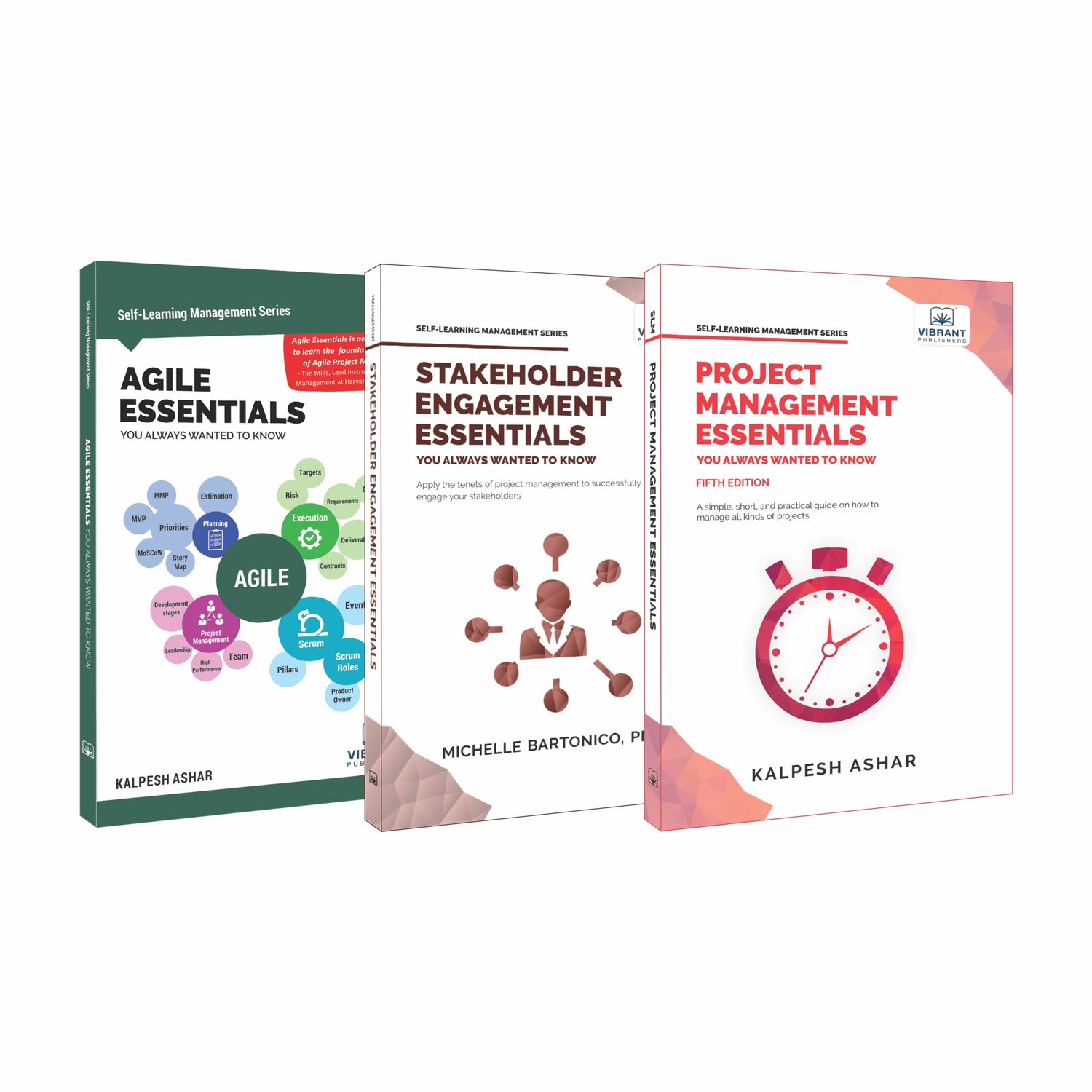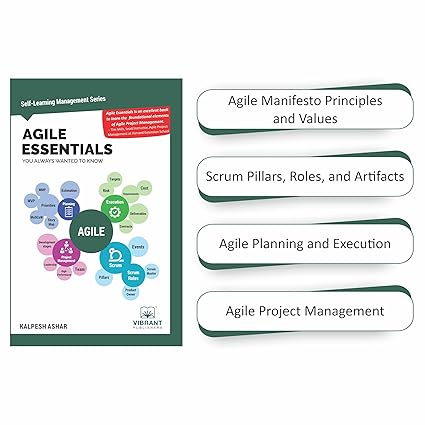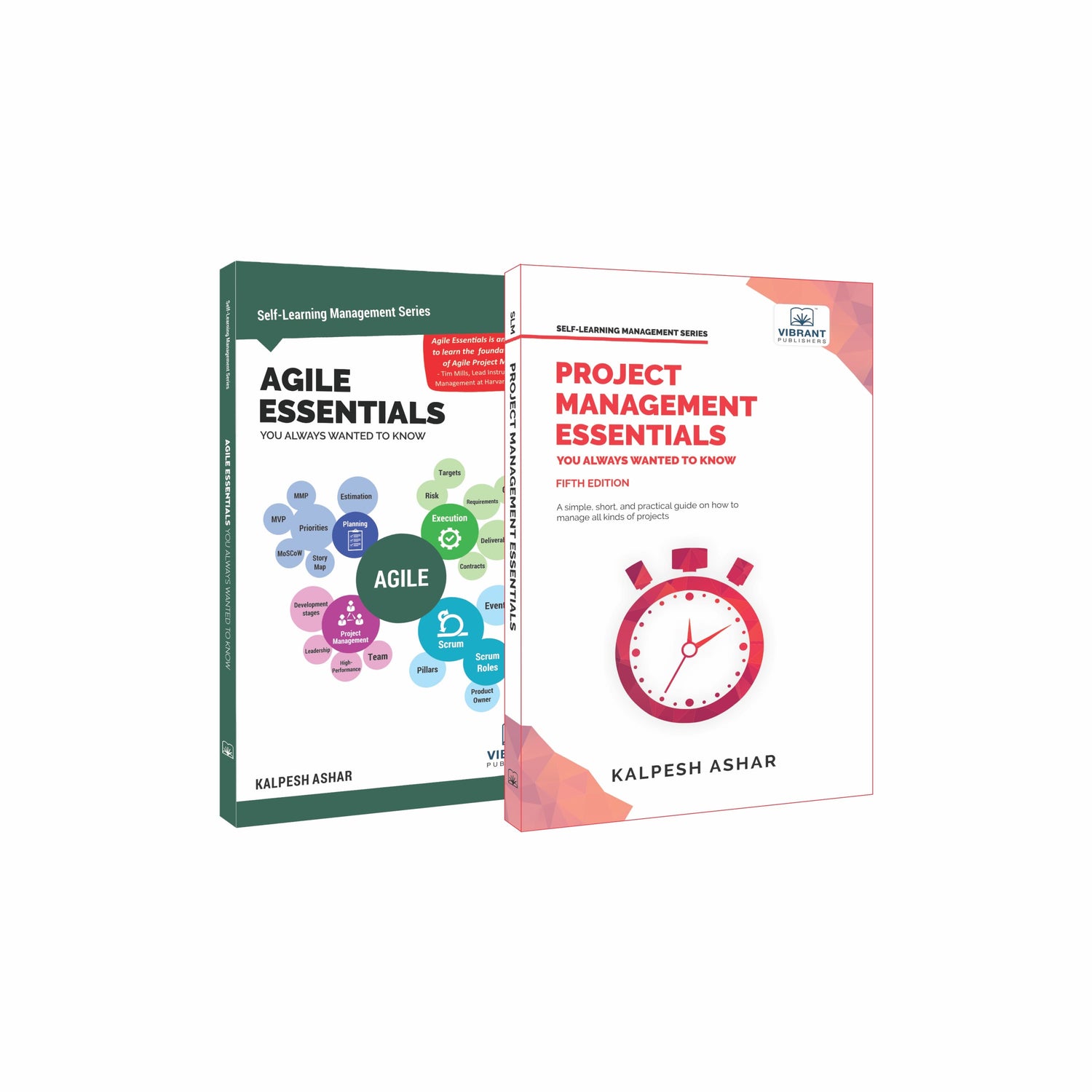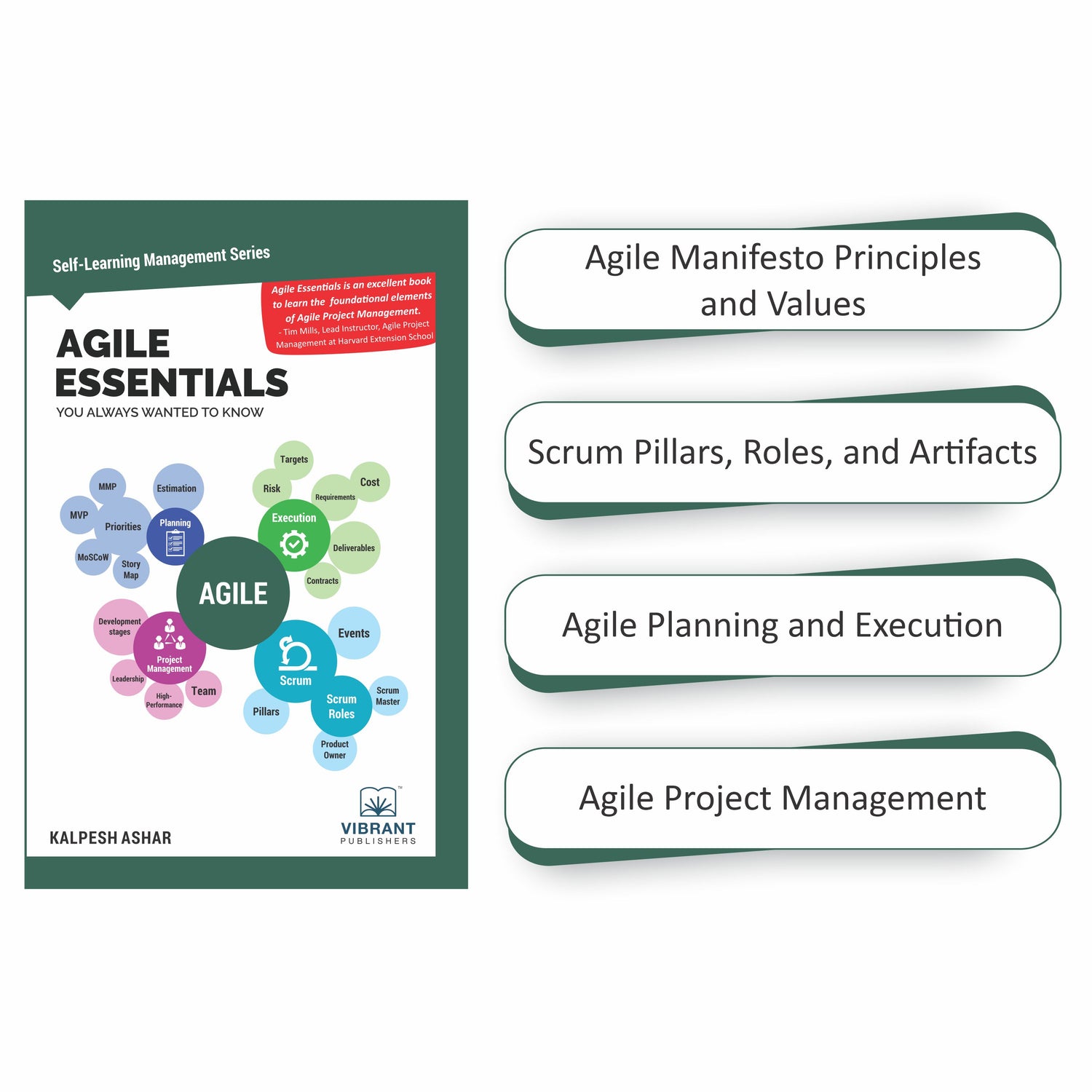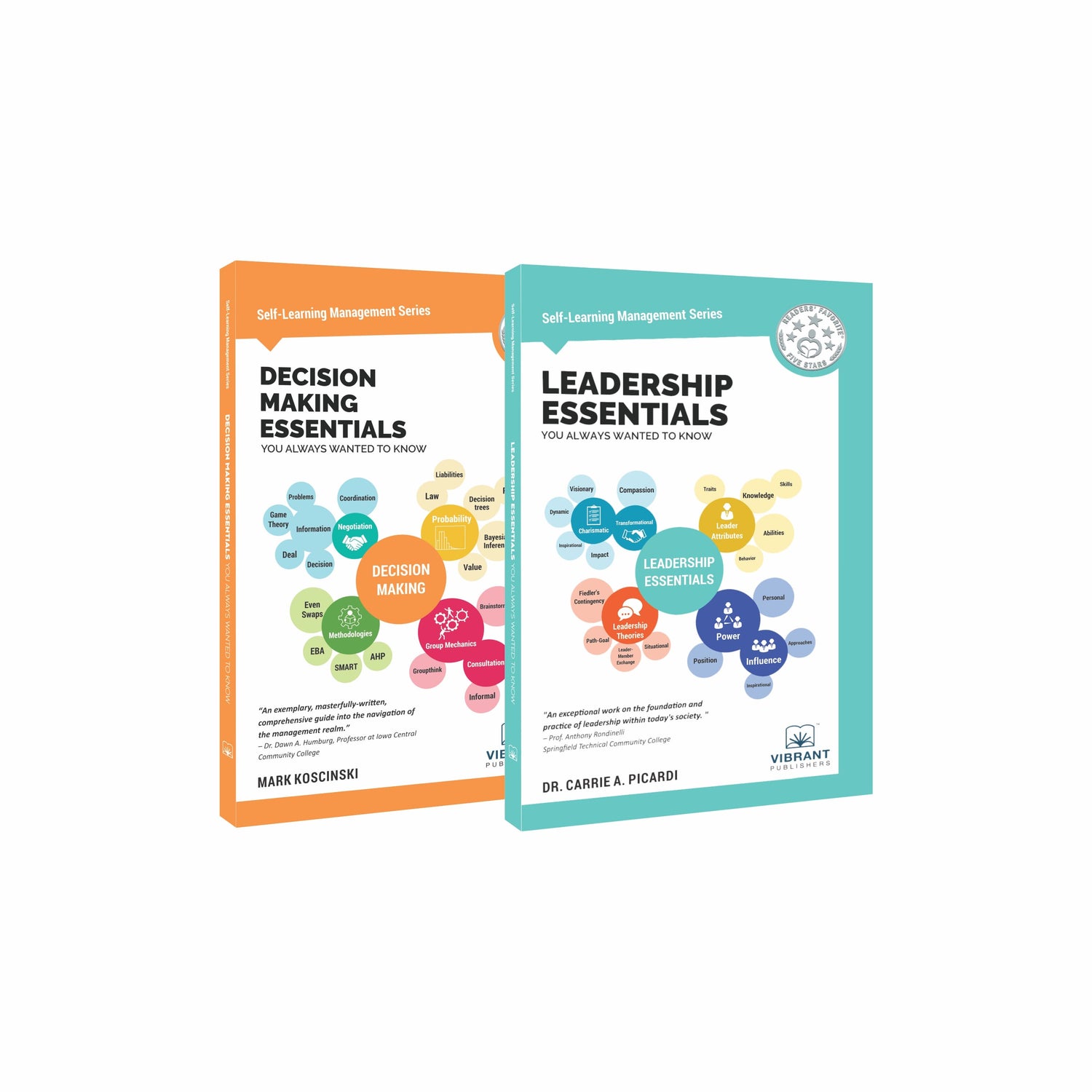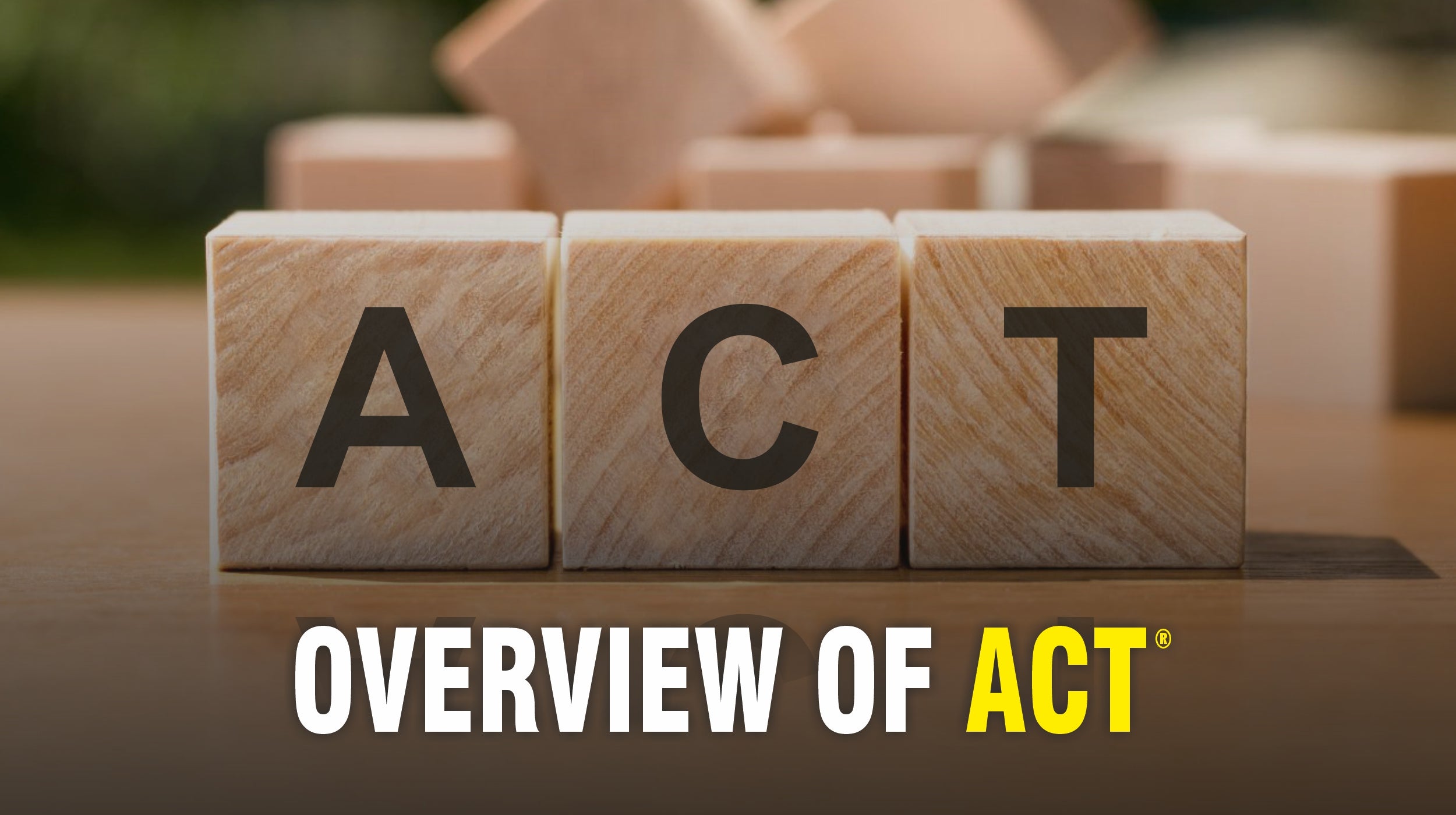
Overview of ACT
Since the inception of the ACT® in 1959, it has grown in popularity. Initially, it was only required in Illinois and Colorado but now, 16 states in the US need it. Read on to find out more about it!
What is the ACT?
Students may often get confused between appearing for the SAT or ACT. ACT (American College Testing) is a standardized test conducted by ACT, Inc. so that colleges can evaluate a student’s knowledge and college readiness. The test takes 2 hours and 55 minutes to complete (3 hours and 35 minutes if you opt for the essay) and is a multiple-choice, pencil-and-paper, or online test. Lately, many colleges prefer students to take the ACT over the SAT so confirm with your colleges of choice about their preference.
Who takes the ACT?
Although there is no set age bar for appearing for the ACT, students seeking admission in undergraduate courses in the colleges of the USA and Canada appear for the test. They are students from the 11th or 12th grades.
What is tested?
The ACT is divided into 5 sections -
English - The first section tested on the ACT is the English section. This section consists of 75 questions to be solved in 45 minutes. There are two types of English questions: Usage/Mechanics and Rhetorical questions.
- Usage/Mechanics - Questions like punctuation, grammar usage, sentence structure, and incorrect use of words form a part of usage/mechanics. A total of 40 questions are asked from this area.
- Rhetorical Skills - In the remaining 35 questions, you will do editing work like adding or deleting sentences and words that don’t fit, rearranging the order of sentences, and clarifying vague writing.
Here are a few tips for answering the sometimes tricky questions -
- Brush up your basic grammar rules to avoid making silly mistakes.
- Read the paragraph thoroughly for in-context questions.
- Eliminate the options that you know are incorrect first.
Math - The Math section consists of 60 questions to be answered in 60 minutes. You will be posed with questions on -
- Pre-algebra
- Elementary algebra
- Intermediate algebra
- Coordinate geometry
- Plane geometry
- Trigonometry
While preparing for the math section,
- Get thorough practice of questions as it will help you to solve the section on time. Our book, Math Practice Tests for the ACT 2nd Edition contains 480 practice questions and 8 full-length tests that will arm you to answer any problem with ease.
- Solve the easy problems first and keep the difficult and time-consuming ones for later.
- Don’t forget to complete the last step like converting inches to feet as it will cost you your marks.
Reading - In the Reading section, four passages are followed by 10 questions for each and the whole section takes 35 mins to complete. The passages are based on -
- Prose fiction (excerpts taken from fiction books and short stories)
- Social science (anthropology, business, political science, history, psychology, etc)
- Humanities (non-fiction essays and memoirs)
- Natural science (anatomy, astrology, physics, microbiology, natural history, etc)
The questions asked in this section range from the main idea, detail questions, cause-and-effect relationships, vocabulary-in-context, sequence of events, generalization, comparative relationships, author’s voice, and method questions.
Here are some tips to pass this section:
- Read the passage thoroughly and then go to the questions. It will make it easier for you to answer them.
- Guess an answer if a question is taking too much of your time.
- Highlight the important details in the passages to find the answers quickly.
Science - The science section of the ACT is again 35 minutes long with 40 questions to answer. This section will give you seven science-related passages and questions corresponding to them. The passages contain graphs, charts, science experiments, conflicting viewpoints, theories, etc. Questions in this section can range from physics to biology to chemistry and basic math.
The following are the question types asked in this section:
- Data representation - Out of the 40 questions. 15 questions are data representation questions which means that you will have to evaluate and interpret data in graphs, charts, and tables and answer the questions accordingly.
- Research summaries - Approximately 18 questions are research summary type questions as you will have to evaluate, understand and interpret experiments.
- Conflicting viewpoints - 7 questions are based on conflicting viewpoints i.e passages on conflicting viewpoints, theories, and hypotheses on a given topic. You will have to understand and evaluate the theories and answer the questions accordingly.
Remember,
- This section is quite similar to the Reading section so read the passages carefully and mark any information that you think is important.
- The science section does not test your knowledge of science but your evaluation and interpretation skills.
- Understand the question types before solving them.
Writing(Optional) - The last section of the ACT is the Writing section. Here, you will be given a prompt with three sides to an issue. In 40 minutes, you will have to read, evaluate, form, and write your thoughts and opinions on the given topic. The essay is an optional part of the ACT as many colleges do not require students to appear for it. Know beforehand if your colleges of choice need you to take the essay or not.
The best way to approach the essay is first to deconstruct it. Understand what the prompt actually means. Pick apart the pros and cons of the argument and make a chart if possible. This will help you to think clearly and formulate your argument.
Winning Strategies for ACT Essay Writing provides 15 sample prompts that are similar to the real test. It also includes suggestions for approaching the writing task, analyzing the issues presented and managing time effectively.
You will be scored on four domains in the Essay section -
Ideas and Analysis - In this domain, the graders will score your ability to generate ideas and analyze the situation.
Development and Support - The ability to clearly explain your idea and generate arguments that support your opinion with the help of examples is checked.
Organization - Your ability to organize and streamline ideas to show their relationships is checked in this domain.
Language Use and Conventions - In this domain, the graders grade you on your word usage, grammar, sentence formation, and clarity in conveying your opinion.
How is the ACT scored?
To standardize the scoring process, the ACT follows a scaling format for scoring students. It can be tricky sometimes but let’s try to understand it!
First, a raw score is derived for each section. A raw score is nothing but the number of answers that you get right but points are not deducted for wrong answers. After the raw score is derived for each section, the scores are scaled. Scaling is done to bring consistency in the scoring of all tests. These scores are then added and their average is found. This average is your final score on the ACT.

For example, you get raw scores of 60, 30, 32, and 31 in the English, Math, Reading, and Science sections respectively. When these raw scores are scaled, you get scaled scores of 27, 21, 29, and 28 respectively (refer to the above chart). Upon adding these scores, you get a total of 105 which is divided by 4 to get an average. So, you get a composite score of 26.25 which rounds up to 26 (scores are rounded up to the nearest whole number.)
But how will the Essay section be scored if you appear for it? The scoring for the essay is a bit complicated. For an essay, there will be two graders who will each give a score between 1-6. Their scores will be added so that you can get a score between 2-12. The graders give a score on the basis of the four categories: Ideas and analysis, development and support, organizations and language use and conventions.
Subscores - Subscores do not contribute to your composite score but are essential to know your strengths and weaknesses in the subject areas. These scores come in handy especially when you have to appear for the ACT again as you can focus on areas that you are weak in.
Conclusion
Lastly, appearing for the ACT can be a challenge. The only way to ace this test is to practice until the questions no longer seem like an enemy!
*ACT is a registered trademark of ACT, Inc. which neither sponsors nor endorses this product.
Share




